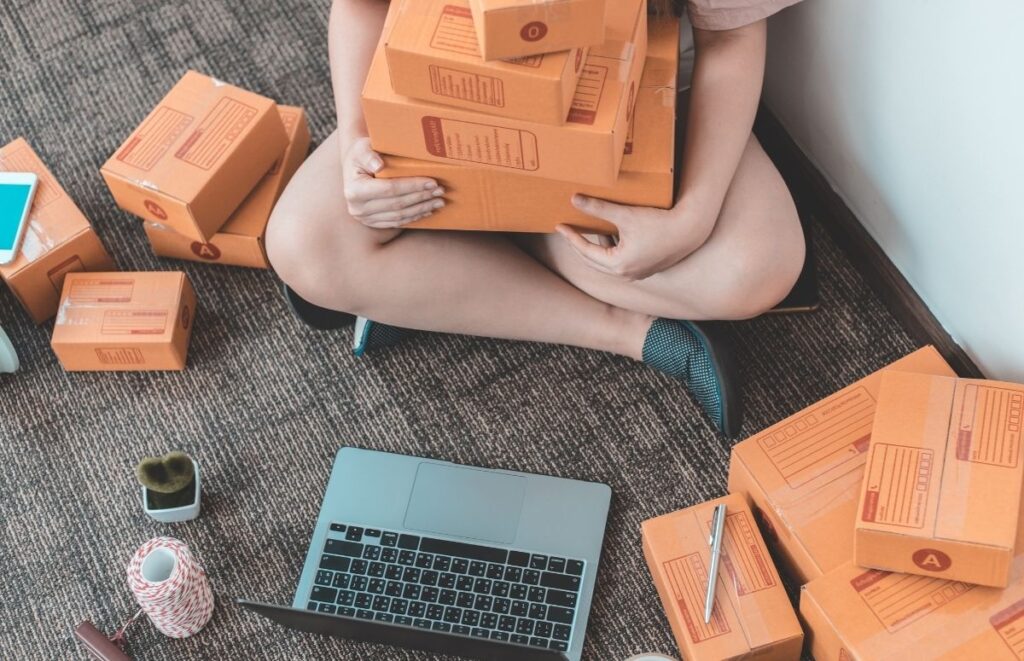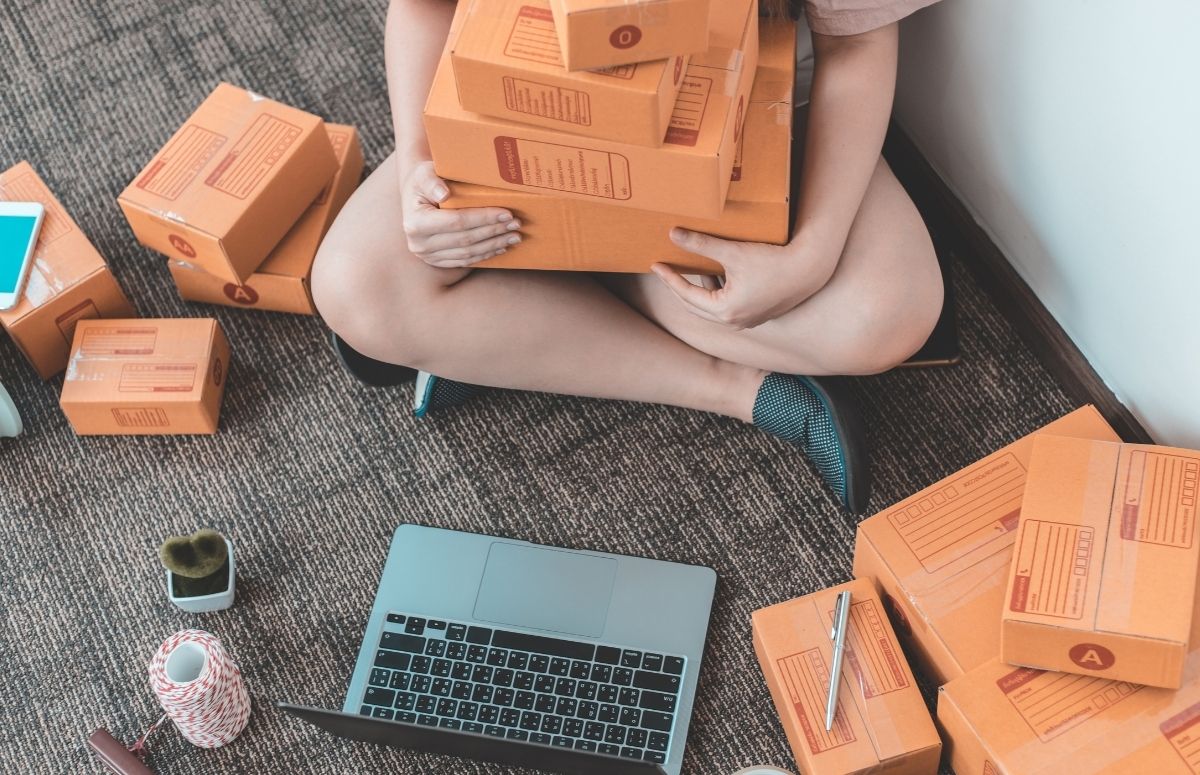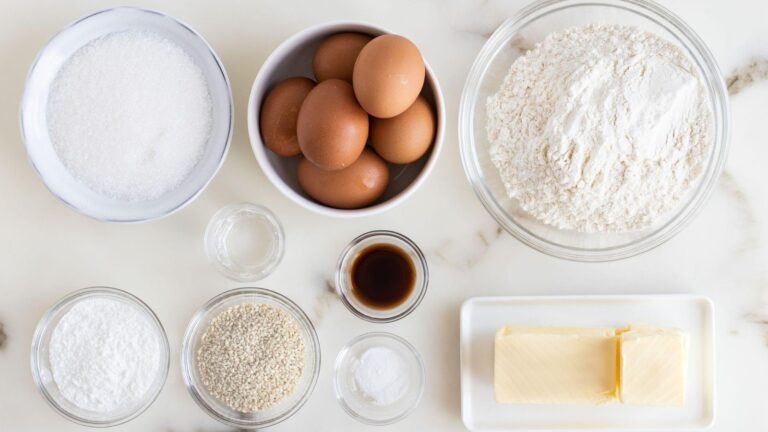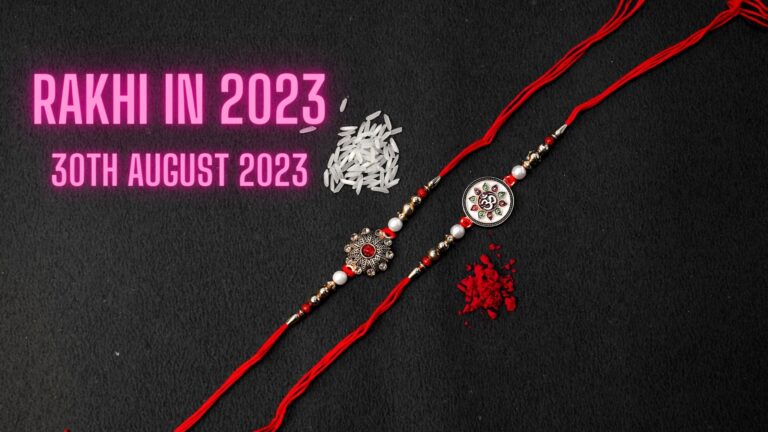4 Things To Consider When Designing Product Packaging For Retail
Creating a new product determined for the retail environment is always exciting – the spark associated with brainstorming, idea generation, product development, product testing, manufacturing, and then finally opening production for retail is an unmatchable experience. Product development teams are constantly in anticipation of how the public is going to react to their newly developed product offerings, and an integral part of these discussions is product packaging.

A product’s packaging is much more than a box designed to hold a product; rather, packaging boxes convey the brand’s story, keep the product safe during transit, and preserve its freshness and longevity. If you are involved in product development or manufacturing at all, given below are four things you should consider when designing product packaging for the retail environment:
- Your product packaging should convey brand identity
Establishing your brand identity entails much more than simply stamping a logo on all your products. Customers assume a brand’s identity based on multiple factors, and the product’s packaging is an integral one of them. Your packaging should represent your company’s overall color mood board, communications, and beliefs. For instance, if your marketing team champions environmentally friendly production practices, your product packaging should also be in sync and made out of recycled or biodegradable materials. Your packaging should also set you apart from your competition, and customers should be able to recognize your products amongst competing ones.
- Your product packaging should represent the three Fs
Flattery, Form, and Function are the three Fs of product packaging that you should be paying heed to. Flattery refers to the overall aesthetic of your product packaging – sadly, it is almost always what’s on the outside that counts, and hence before trying out your product for the first time, a potential customer judges it from its packaging. Form refers to the overall shape and size of your product packaging – it should suit the actual product and be mindful of the retail shelves that would be housing it. Function refers to the packaging’s actual functionality in terms of keeping the product safe and ensuring no damage during transit.
- Your product packaging should brag about your product
While your packaging should be attractive, as detailed above, take great care that your packaging also utilizes all usable space, and talk about the features, characteristics, and benefits of your products. If a potential customer picks up your product by being attracted to it from afar, they should stay by getting briefed about the benefits of the product. For instance, if you are planning to retail a face mask that has stress-relieving properties, put that on the packaging so that a potential customer can differentiate your product from regular face masks. If you are planning to sell healthy keto chips, ensure that your packaging features this distinct factor and read a few pointers about why your keto chips are better than the other cheaper sodium-heavy alternatives.
- Your product packaging should allow design versatility
In this case, design versatility refers to creating various sizes and purposive packaging for your products. In the retail environment, a single product should be available in multiple sizes and packs to satisfy customers from all walks of life and to fulfill varying customer demands. For instance, if you sell sanitizers, ensure that your product packaging comes in different sizes such as an industrial size for B2B target markets such as restaurants and hotels, a family pack, a 750 mL bottle, a 500 mL pump, and a 250 mL travel size variant. To be able to produce this wide range of sizes, your initial product packaging needs to be versatile and flexible enough to accommodate varying sizes without compromising the overall aesthetic.






